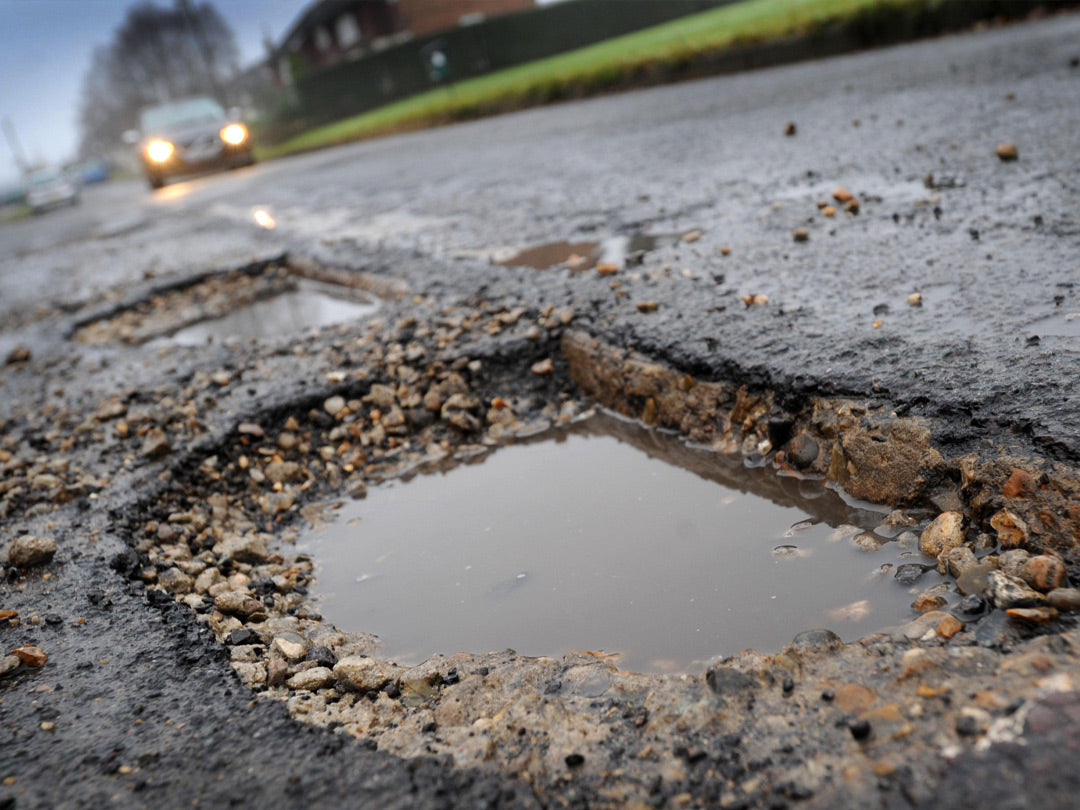
The Curse of Potholes: A Closer Look at the UK Government’s Potholes Fund
Potholes are a ubiquitous sight on UK roads – it’s hard to find a road user who hasn’t had to dodge one on a daily basis. Potholes are often formed when water enters cracks in the road surface and freezes, causing the road surface to crack further. The cost of repairing pothole-ridden local roads in England and Wales has been estimated at a staggering £12.6 billion, and the problem has been exacerbated by the wet then cold winter, which caused significant damage to the UK’s road network.
The UK Government has acknowledged the severity of the pothole problem and has allocated funding to local councils to repair local roads. The Potholes Fund, which previously provided £500 million annually to councils, will be increased to £700 million in the 2023/24 financial year. While this is a step in the right direction, recent analysis by the Local Government Association has shown that government funding for maintaining major A roads and motorways is 31 times higher per mile than for repairing local roads.
During his Budget speech, the Chancellor, Mr Hunt, acknowledged the impact of the “curse of potholes” following the wet then cold winter, which resulted in “strong representations” from MPs and councillors. The additional £200 million in funding is welcome, but it is recognized as a fraction of the amount needed for local authorities to fix potholes. Rick Green, who chairs the Asphalt Industry Alliance, welcomed the additional funding but described it as “a fraction of the amount” local authorities need to fix potholes.
While the additional funding is a step in the right direction, it is worth noting that road maintenance extends beyond the road surface to things like bridges, and councils also need funding to shore up the thousands of sub-standard crossings that are out there. The Asphalt Industry Alliance has been calling for a long-term investment plan for local roads to ensure that road users see real improvement in structural conditions on the roads they use every day.
The pothole problem is not unique to the UK, and other countries have taken innovative approaches to tackle the problem. In the Netherlands, for example, a new type of asphalt has been developed that contains small capsules filled with a material that expands when heated. When water enters the road surface and freezes, the capsules release the expanding material, filling the cracks and preventing potholes from forming.
Another approach is to use recycled plastic to repair potholes. In India, a company called K.K. Plastic Waste Management has developed a process that turns plastic waste into a material that can be used to repair potholes. The process involves shredding plastic waste and mixing it with bitumen to create a durable and water-resistant material that can be used to fill potholes.
While these innovative approaches are encouraging, they are not a substitute for long-term investment in local roads. The pothole problem is a symptom of a network that has been underfunded for many years, and without a visible long-term investment plan, road users won’t see any real improvement in structural conditions on the roads they use every day.
In conclusion, the UK Government’s allocation of an additional £200 million to the Potholes Fund is welcome, but it is recognized as a fraction of the amount needed to fix potholes. Potholes are a curse for road users, and local councils need long-term investment to ensure that road users see real improvement in structural conditions on the roads they use every day. While innovative approaches like using recycled plastic or developing new types of asphalt are encouraging, they are not a substitute for long-term investment in local roads.
